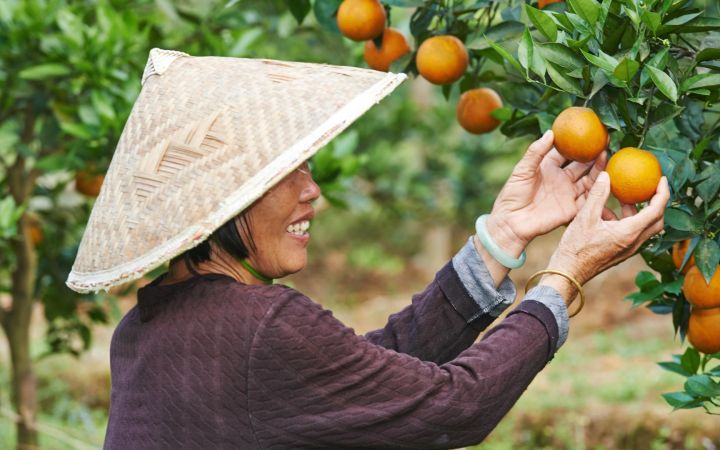A new study shows small juvenile sea turtles have a very high occurrence of ingested plastic.
And researchers think the life cycle of marine turtles might have become a novel ecological trap, where juvenile turtles are ´trapped’ in habitats with high amounts of plastic debris.
James Cook University Professor Mark Hamann contributed to the study, published in Frontiers in Marine Science, in which researchers examined the contents of the stomach, intestines, cloaca and bladder of stranded or bycaught turtles from the Indian Ocean off Western Australia and the Pacific Ocean off Eastern Australia.
Prof Hamann said plastic pollution has become one of the most pressing threats to marine wildlife.
“It’s estimated that more than 700 marine species, from blue whales to small barnacles, have had interactions with plastics in the oceans.
“Plastics now make up 80% of all marine debris and can be found everywhere, from surface waters to deep-sea sediments,” said Prof Hamann.
“Plastic ingestion and entanglement, which can cause suffocation, has now been documented for every species of marine turtle. Small juvenile turtles are thought to be most at risk, as this life stage is most prone to entanglement and ingestion due to their feeding preferences, while the oceanic zones they inhabit overlap with areas of high plastic pollution,” said Prof Hamann.
The ingestion of plastic is thought to lead to mortality through laceration, obstruction, or perforation of the gastrointestinal tract. It is also suspected to lead to malnutrition and chemical contamination.
Professor Hamann said one turtle found in the Indian Ocean contained 343 pieces of plastic, and one animal in the Pacific Ocean contained 144.
He said the proportion of turtles that had ingested plastic was much higher in the Pacific Ocean than in the Indian Ocean. From the specimens collected from the Pacific Ocean, green turtles were most likely to contain plastics (83%), followed by loggerheads (86%), flatbacks (80%), and olive ridleys (29%).
On the other hand, from the specimens from the Indian Ocean, the flatback turtles contained the most plastics (28%), followed by loggerheads (21%) and green turtles (9%).
“The types of plastic also varied between the two study sites. Plastic in the Pacific turtles was mostly hard fragments, which could come from a vast range of products used by humans, while Indian Ocean plastics were mostly fibres – possibly from fishing ropes or nets,” said lead author Dr Emily Duncan of the University of Exeter.
The researchers highlighted an evolutionary trap that plastic pollution has created for post-hatchling and small juvenile turtles. An evolutionary trap occurs when a previously adaptive behaviour now has negative effects on overall survival and reproduction.
“Post-hatchling turtles have adapted to enter the oceanic zone (for green, loggerhead, hawksbill, and olive ridley turtles) or shallow coastal waters (flatback turtles) where they feed opportunistically on a range of organisms. Normally, these habitats are ideal for their development, but the rapid introduction of plastic debris among their natural food items has made the environments risky” said Prof Hamann.
Dr Duncan said actions to mitigate and prevent plastic pollution are necessary.
“The polymers most commonly ingested by turtles in both oceans were polyethylene and polypropylene. These polymers are so widely used in plastic products that it’s impossible to pin down the likely sources of the fragments we found, so interventions are needed to stop plastic pollution from land-based sources,” she said.
Notes to editors / for news media:
Please link to the original research article in Frontiers in Marine Science in your reporting:
https://www.frontiersin.org/articles/10.3389/fmars.2021.699521/full







